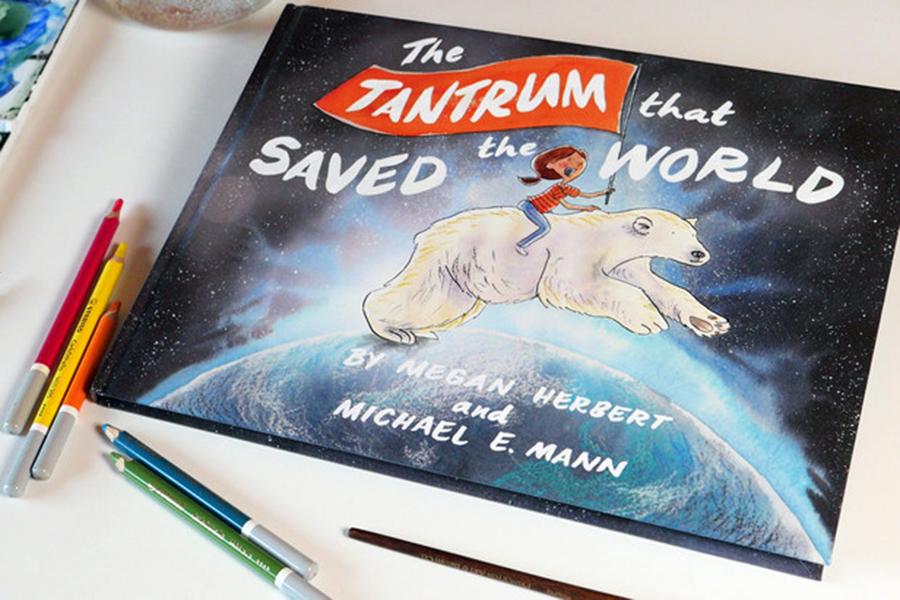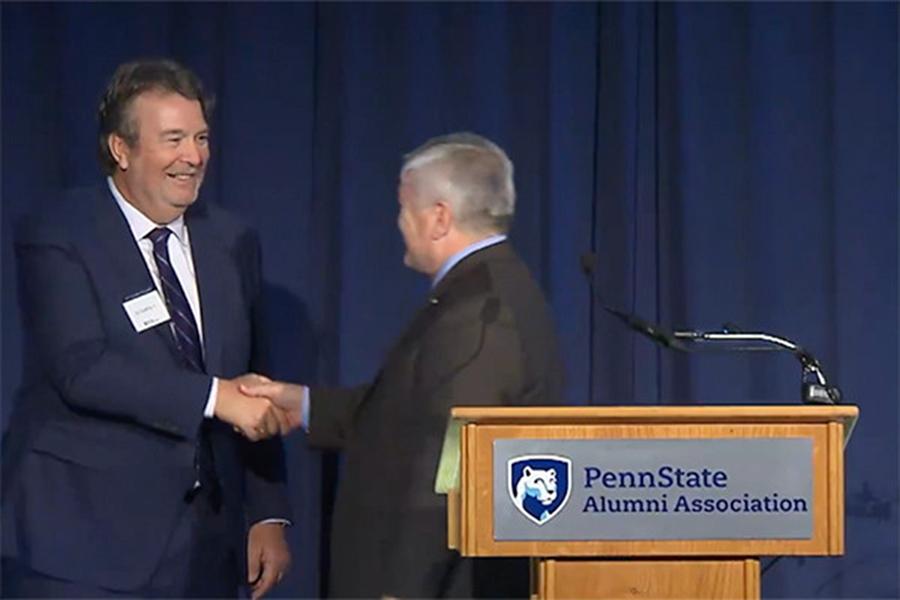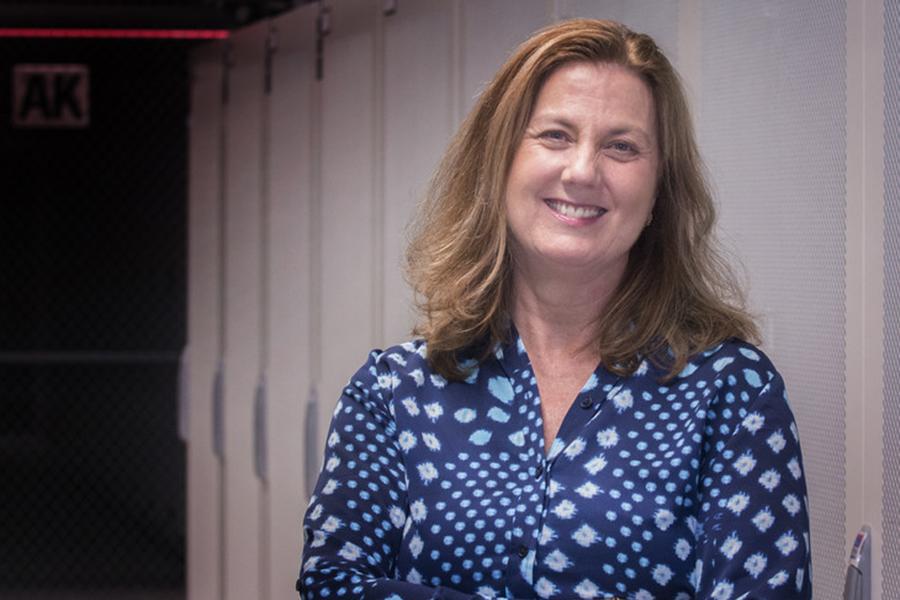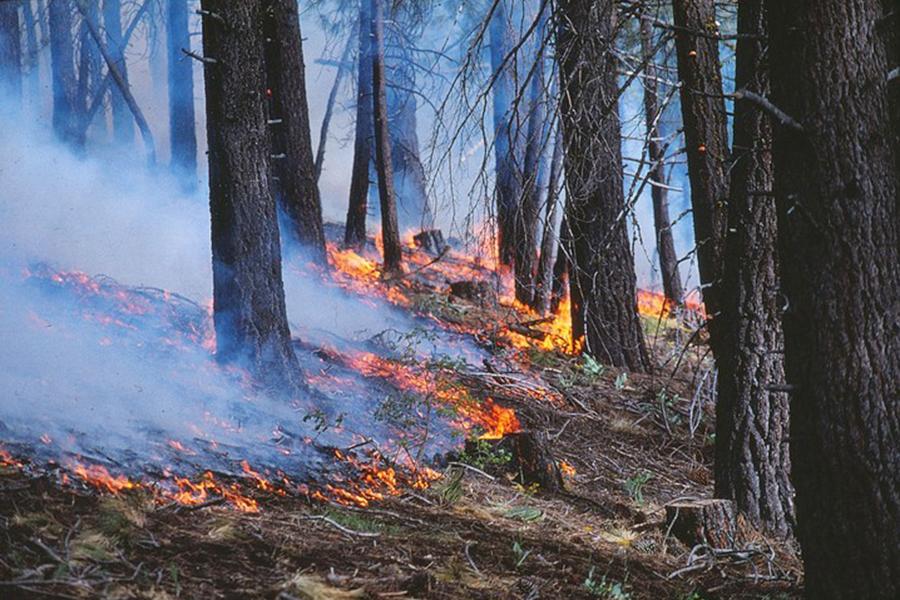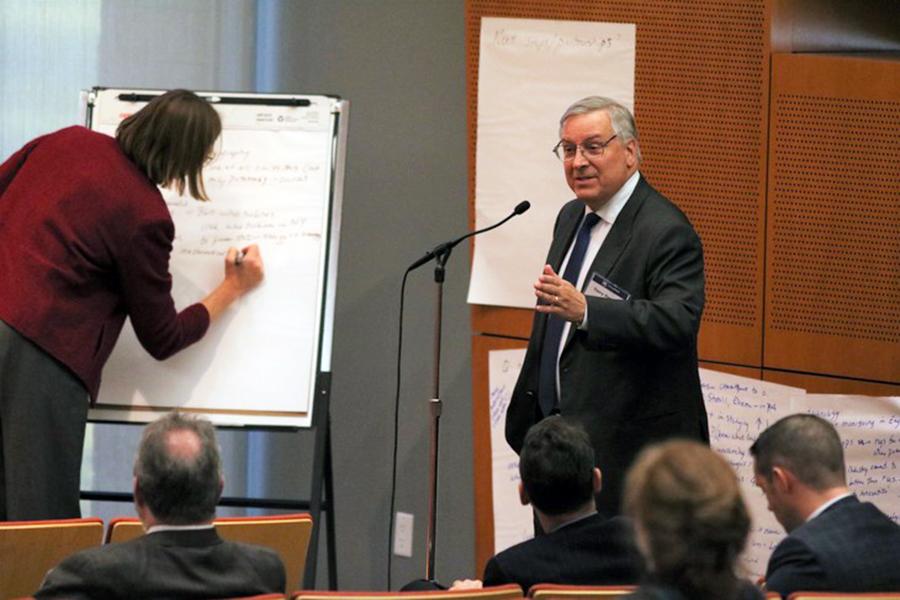Long-time research associate for Penn State’s Ice and Climate Exploration group looks back on a career spent in Antarctica running field research operations, navigating extreme weather conditions and finding beauty in remote territory.
Twice a year, Global Programs solicits applications for international travel from faculty and graduate students. Based on the review committees’ evaluations and recommendations, 30 applicants were selected for funding support. The awardees will travel to 19 countries on four continents.
John Mauro used the composition of glass found in the windows of London's Westminster Abbey to determine the glass's flow to a liquid is much faster than previously thought but still too slow to account for the windows being thicker at the bottom.
One day a polar bear shows up at Sophia's house asking if it can come inside. Its habitat melted and the bear needs a new home. So starts "The Tantrum that Saved the World," a new children's book about climate change's effects on creatures and communities around the world, by Penn State researcher Michael Mann and author and illustrator Megan Herbert.
Varumporn Pimsen has been named the student marshal for the College of Earth and Mineral Sciences' fall 2017 commencement ceremony. She will lead the college’s procession of graduates during the Penn State undergraduate commencement ceremony at 9 a.m. Dec. 16 at the Bryce Jordan Center on the University Park campus.
Edward C. Dowling Jr., a graduate of the College of Earth and Mineral Sciences, was awarded the lifelong title of Alumni Fellow by the Penn State Alumni Association earlier this fall. The Alumni Fellow Award is the most prestigious award given by the Penn State Alumni Association.
Faculty and students in the Department of Geography are among the many Penn State Earth scientists participating in the 2017 American Geophysical Union meeting, which began Dec. 11 and runs through Dec. 15 in New Orleans. The geographers are highlighting applications of new visualization technologies for Earth science topics.
Jenni Evans, professor of meteorology and atmospheric science in the College of Earth and Mineral Sciences at Penn State, has been elected president of the American Meteorological Society (AMS). AMS is the nation’s premier scientific and professional organization promoting and disseminating information about the atmospheric, oceanic and hydrologic sciences.
Controlled burning of forestland helped limit the severity of one of California's largest wildfires, according to Penn State geographers.
Representatives from the state and federal government, the energy industry, environmental groups, and numerous Penn State colleges and campuses came together at Penn State on Nov. 29 for a conference on “Regulatory Approaches to Methane and Other Air Emissions from Unconventional Oil and Gas Operations.”





